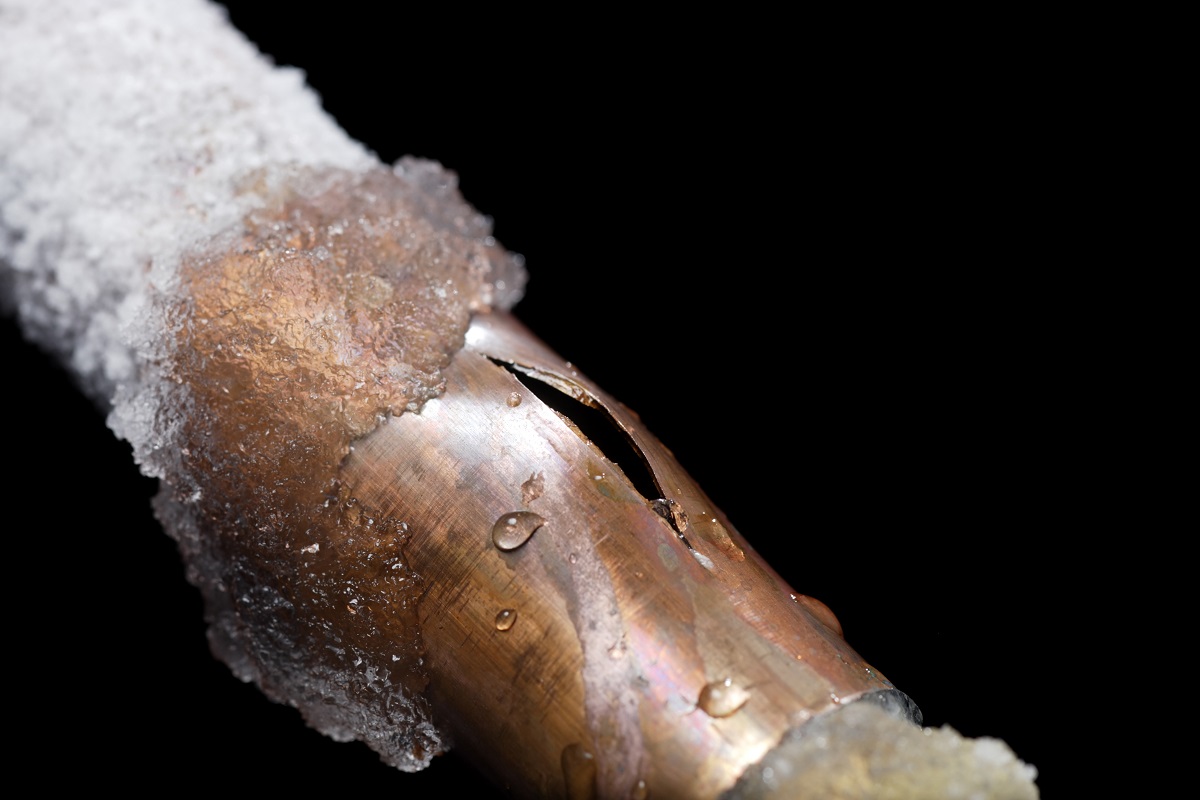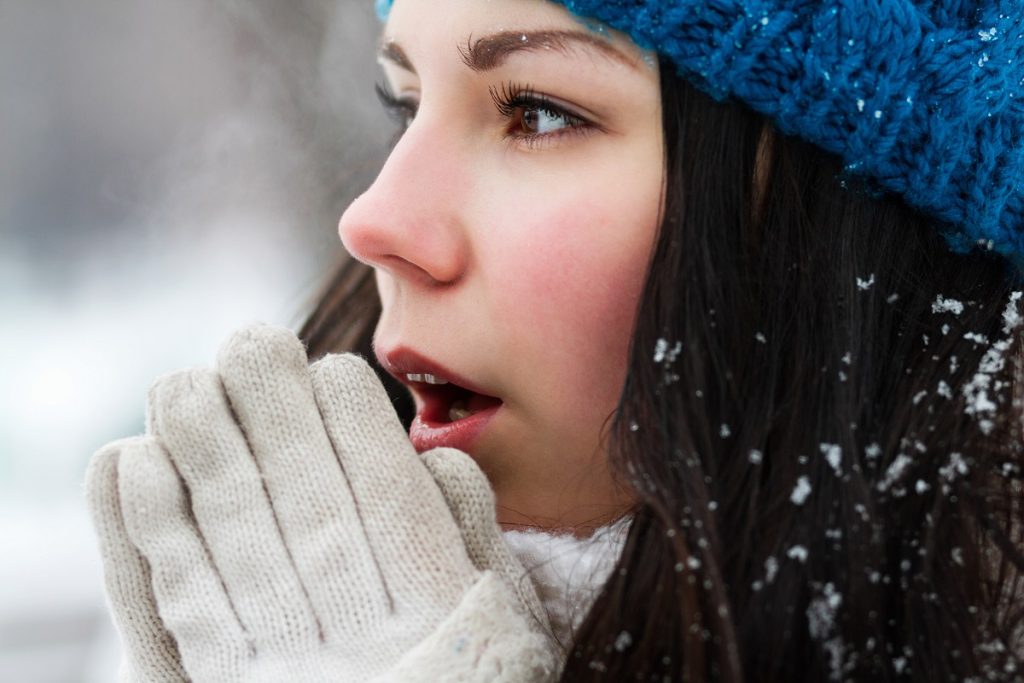- Alaska, Montana, Wyoming, North Dakota, and Minnesota experience extreme cold winds that can damage homes.
- Cold winds can increase heating bills, cause structural damage, freeze pipes, harm landscaping, and pose health risks.
- Crucial preventative measures include insulating your home, sealing drafty areas, and regularly inspecting for damage.
- Protect garages, windows, doors, attics, and roofs to prevent cold air infiltration and structural damage.
- Investing in a generator can provide backup power during power outages, maintaining warmth and comfort.
As a homeowner, you are likely used to dealing with various weather conditions throughout the year. But have you ever considered the impact of cold winds on your home? Cold winds can cause various issues, from increased heating bills to structural damage. Here’s what you need to know about the coldest states in the U.S., how their cold winds can affect your home, and how to protect your home against them.
Coldest States in The U.S.
Alaska, Montana, Wyoming, North Dakota, and Minnesota have the coldest temperatures in the U.S. Just as one might expect, winter can bring extreme wind chills that make spending time outside your home challenging.
Many people don’t realize that these cold winds can cause significant damage to homes if not considered. Here are some ways cold winds can affect your home:
1. Increased Heating Bills
One of the most noticeable effects of cold winds on your home is the increase in heating bills. When cold air seeps into your home, your heating system must work overtime to maintain a comfortable indoor temperature. This can result in skyrocketing energy bills and strain your budget. To combat this issue, consider adding insulation to your home and sealing any drafty areas.
2. Structural Damage
Another significant concern with cold winds is the potential for structural damage to your home. Strong winds can cause your roof to lift, shingles to loosen or blow off completely, and siding to become damaged. If left unchecked, this damage can lead to more severe issues, such as leaks and water damage. Inspect your home’s exterior regularly and promptly address any damage.

3. Frozen Pipes
As temperatures drop, frozen pipes become a genuine concern. When water in your pipes freezes, it expands, which can cause them to burst. Not only is a burst pipe a significant inconvenience, but it can also result in costly repairs. To prevent this issue, insulate your pipes and keep your home at a consistent temperature, even when you’re away.
4. Damage to Landscaping
Your home’s landscaping can also suffer during cold, windy weather. Heavy snow, ice, and strong winds can break branches, uproot trees, and damage delicate plants. To prevent damage, consider pruning any overhanging branches, relocating plants particularly vulnerable to cold weather, and installing windbreaks or barriers for added protection.
5. Health Concerns
Finally, cold winds can also have health implications. Exposure to cold weather for extended periods can increase your risk of hypothermia and frostbite. Cold, dry air can also exacerbate respiratory issues like asthma and bronchitis. To protect yourself and your family, dress appropriately for cold weather and limit outdoor activities during particularly harsh conditions.
How to Keep Your Home Protected Against Cold Winds
There are various ways you can keep your home protected against cold winds. Here are four ways:
Check Your Garage
One of the places that often gets overlooked when it comes to cold weather protection is the garage. Ensure your garage door is sealed correctly, and consider replacing any worn-out weather stripping. You can also add insulation to your garage walls and ceiling to keep out cold air. Lastly, feel free to get your garage door replaced if it’s too damaged. It’s a much more efficient and cost-effective way to keep the cold air out without spending too much money.

Consider Windows and Doors
Your windows and doors can also be a significant source of cold air infiltration into your home. Ensure all cracks around them are sealed, and consider adding weather stripping or caulking to ensure no cold air gets in. You may also want to invest in energy-efficient windows if the ones you have are too old and outdated.
Think About Your Attic and Roof
Another area of your home that can be affected by cold winds is your attic and roof. Ensure your insulation is up to par, which will help keep cold air from seeping through the roof. Additionally, inspect your roof for cracked or missing shingles and replace them immediately.
Invest in a Generator
Finally, if you live in an area that gets icy winds or experiences power outages during winter, investing in a generator for your home may be wise. A generator can provide backup power and help keep your home warm and comfortable even when the rest of the city lacks power.
Cold winds can significantly impact your home if not appropriately addressed. From increased heating bills to structural damage, cold winds can cause various issues that could lead to costly repairs. It’s essential to take proactive steps and prepare for harsh winter weather, such as adding insulation and sealing up drafty areas in your home. Protecting your home can save you from severe financial losses and keep your family safe and comfortable during cold weather.
